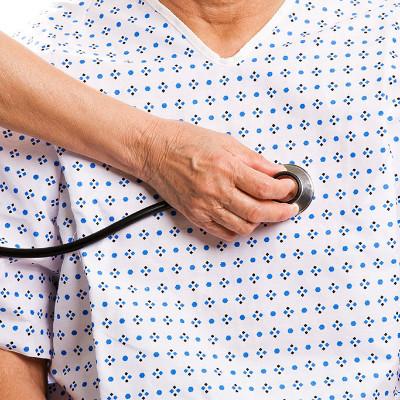Symptoms of double mammary duct dilatation
summary
Mammary duct ectasia can appear in one side of the breast, or even in both sides of the breast, the cause of the disease is not very clear, after the disease should be actively examined, active treatment. Mammary duct ectasia can be divided into acute stage, subacute stage and chronic stage. In different periods, the symptoms are different, the symptoms of double breast duct dilation, I'll tell you about it.
Symptoms of double mammary duct dilatation
The disease is in the acute stage. Nipple discharge is usually the first symptom. There may be spontaneous nipple discharge or nipple secretion when squeezing the breast. The nipple discharge is mainly purulent secretion, and the color is brown or yellowish brown. This kind of symptom can last for many years, and then suddenly appear breast tingling symptoms, causing acute breast inflammation, The common clinical symptoms are redness, swelling, fever and tenderness of breast skin. More serious can lead to axillary lymph node enlargement, shivering, high fever and other symptoms.

The disease is in the subacute phase, at this time the acute phase of inflammation has subsided. The patient's breast tissue forms fibrous tissue hyperplasia, which can cause tenderness around the areola skin. The edge of the mass is not clear, and a large amount of pus can be found in the mass by puncture and aspiration. Sometimes the mass will break itself, and then form a pus fistula. The mass may break itself or may not heal for a long time after incision. After recovery, new small abscesses may grow again, making the inflammation continue to develop.

The condition is in the chronic stage, the patient around the areola, the boundary is not clear of the small induration, these small induration and breast skin adhesion, leading to nipple retraction in patients with breast skin orange peel like change, can lead to patients with breast shape change.

matters needing attention
It is suggested that patients with mammary ductal ectasia should actively go to the hospital for examination. At present, needle aspiration of tissue fluid can effectively diagnose the disease. A large number of cell necrosis, plasma cells and lymphoid tissue cells can be found in the aspirated fluid.














